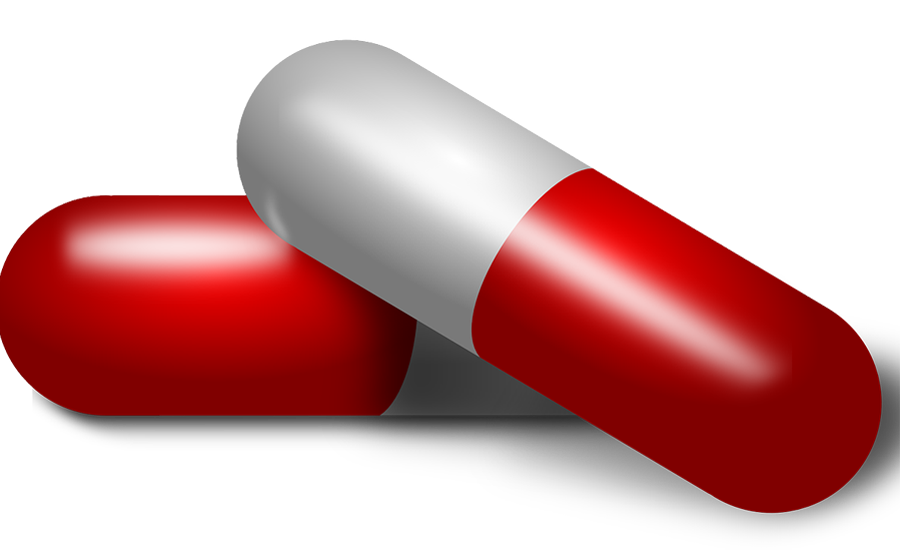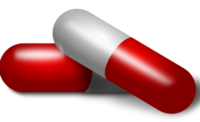Overdose deaths in the workplace increased by 38 percent annual between 2013 and 2016, according to Bureau of Labor Statistics - and they show no sign of slowing down. Overall, the CDC’s National Center for Health Statistics says that on average 115 Americans die every day from an opioid overdose.
As the opioid crisis continues unabated, more and more employers are trying to whether or not they should establish a program that would make naloxone available in the event of an overdose. The drug can reverse many of the lift-threatening effects of an opioid overdose – but is it right for all workplaces? Is it difficult to administer? Does staff have to be trained in its use? What are the legal ramifications?
NIOSH has help for employers
The National Institute for Occupational Safety and Health (NIOSH) has issued a new fact sheet on the subject for employers. Using Naloxone to Reverse Opioid Overdose in the Workplace: Information for Employers and Workers provides an overview of opioids and naloxone and gives employers and workers questions to consider when looking at whether a naloxone program in their workplace is appropriate, and information about the resources needed to implement and maintain such a program.
“With overdose events increasing in the workplace, having naloxone available can provide a tool that workplaces can use, along with first aid measures to support breathing, to provide aide in the event of an opioid overdose while waiting on first responders to arrive on the scene,” said NIOSH Director John Howard, MD. “NIOSH developed this factsheet to help employers decide if having naloxone available is right for their workplace.”
A framework for fighting the opioid crisis
NIOSH developed this resource as part of its broader effort to confront the opioid crisis. The NIOSH framework, which is NIOSH’s plan to fight the opioid crisis from an occupational perspective, includes providing resources for workers, employers, and occupational safety and health professionals to learn more about the opioid crisis including data, field investigations, and research, as well as tools to help.
The NIOSH effort is part of the larger response by the CDC and the U.S. Department of Health and Human Services (HHS), which outlined a 5-point strategy to combat the crisis, including improving prevention, data collection, and research.







